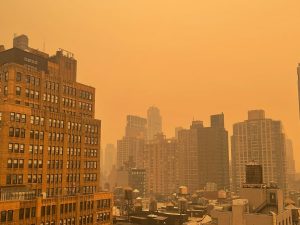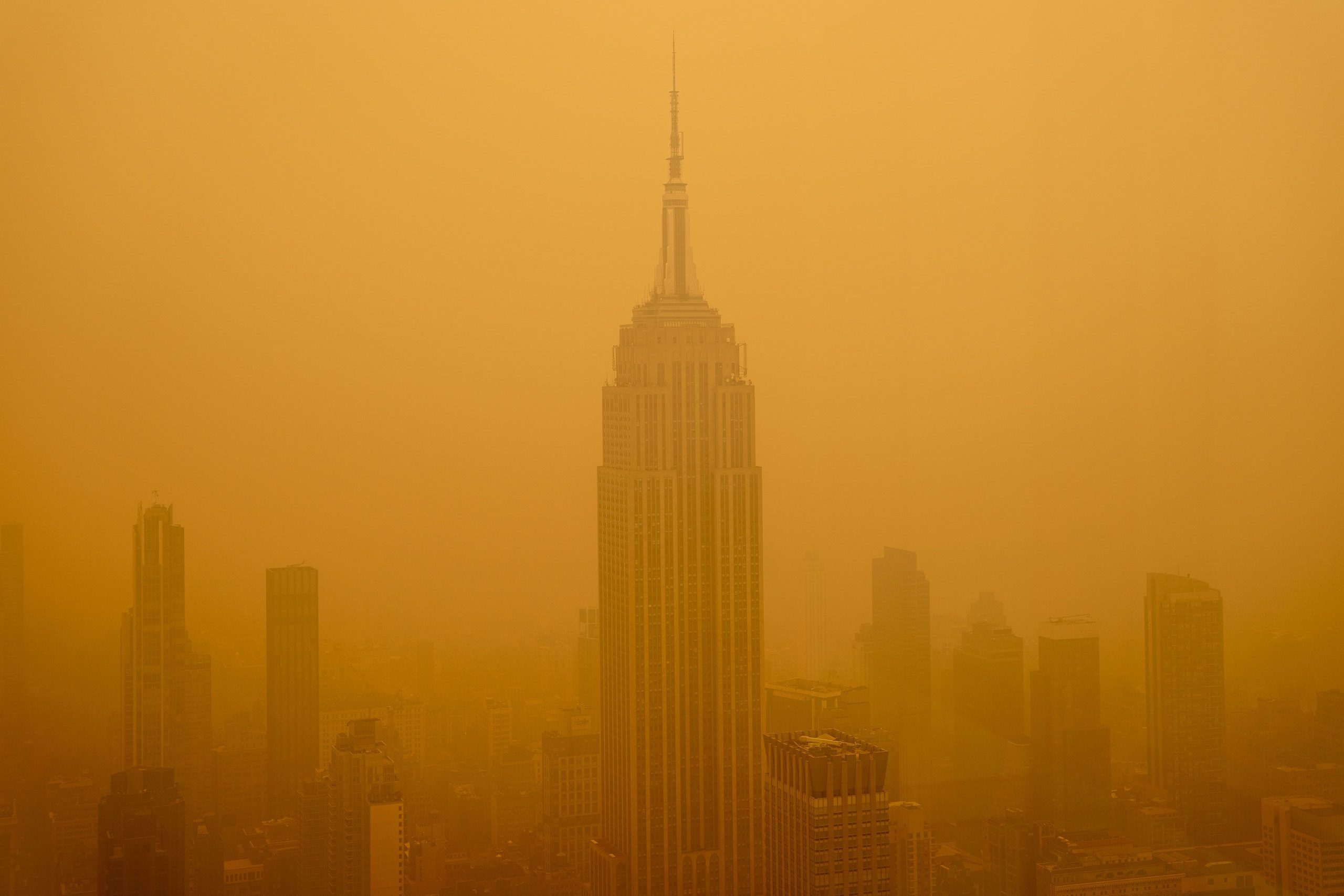This article is designed for individuals concerned about the health impact of wildfire smoke and the rising frequency of wildfires in the United States. Readers will gain insights into the dangers of prolonged exposure to wildfire smoke, how it affects various groups, and steps they can take to protect themselves. The article also provides new research findings from Dr. Roger D. Peng, a renowned biostatistician specializing in air pollution and environmental health studies.
Introduction
In a nation battling unprecedented wildfire seasons, the alarmingly prolonged inhalation of wildfire smoke has emerged as a hidden health crisis. Dr. Roger D. Peng, a distinguished biostatistician, delves into the profound implications of this issue, shedding light on the intersection of air pollution, health, and statistical analysis.
The Growing Threat of Wildfires
Wildfires have intensified across the United States, resulting in extended periods of smoke pollution. The implications for public health are significant, prompting experts like Dr. Peng to investigate the long-term consequences.
Understanding Wildfire Smoke Inhalation
Dr. Peng’s research reveals that wildfire smoke comprises fine particulate matter and a cocktail of harmful pollutants. These microscopic particles can deeply penetrate the respiratory system, causing a range of health problems, particularly for vulnerable populations.

Health Impacts Across Demographics
The effects of prolonged exposure to wildfire smoke are not uniform. Dr. Peng’s studies highlight how children, the elderly, and individuals with preexisting respiratory conditions face heightened risks. Statistical analyses underscore the urgency of tailored interventions.
Dr. Peng’s Innovative Approach
Dr. Peng’s expertise lies in dissecting complex health data. His research goes beyond highlighting risks; he investigates patterns of exposure, links between air quality and health outcomes, and suggests strategies to minimize harm.
Empowering Communities
Beyond the data, Dr. Peng emphasizes community empowerment. He advocates for accessible information, early warning systems, and collective efforts to reduce exposure. Education and preparedness become key tools in safeguarding public health.
Conclusion:
In the face of escalating wildfire seasons, the prolonged inhalation of wildfire smoke poses a grave health concern. Dr. Roger D. Peng’s expertise in biostatistics has unearthed critical insights into the intersection of air pollution and public health. As the nation grapples with this alarming reality, his research not only quantifies the risks but also points towards actionable solutions. By understanding the specific vulnerabilities of different groups and promoting community involvement, we can strive for cleaner air and healthier lives in the midst of environmental challenges. Remember, this article isn’t just for search engines—it’s designed to inform and empower individuals to take proactive steps to safeguard their well-being.




